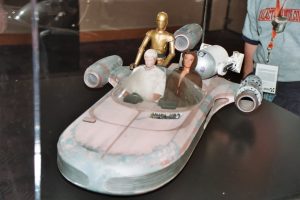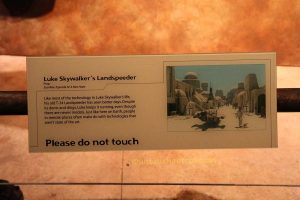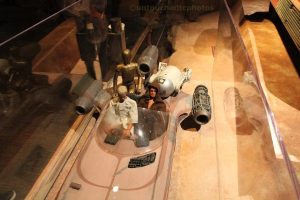As the COVID-19 pandemic continues to rock the globe, scientists are having to contend with conspiracy theories and misinformation related to the outbreak.
In some cases, this results in vaccine hesitancy—an unwillingness to receive a COVID vaccine because of distrust or fear.
Some conspiracy theorists allege that governments, or maybe Bill Gates, are using vaccines as a way to inject people with microchips. So when claims emerged that the U.S. had built a COVID-sensing microchip that could be injected into the body, it attracted attention.
The Claim
Some prominent Twitter users complained about the alleged chip’s invasiveness and linked it to conspiracy theories.
Right-wing activist Chuck Woolery linked to an article that referred to the technology as a “microchip” and called it an “Orwellian nightmare.”
Many of the Twitter claims were based on Sunday night’s CBS 60 Minutes interview with Dr. Matt Hepburn, a military doctor who formerly worked for DARPA, the U.S. Defense Advanced Research Projects Agency.
In the interview, Hepburn said he had been told by DARPA to “take pandemics off the table” and discussed some ongoing military research projects, including a sensor that is placed underneath the skin that uses a light signal to indicate whether or not someone is ill.
He said: “That signal means you are going to have symptoms tomorrow.”
The Facts
The technology does go under the skin, but it is neither a microchip nor does it detect COVID.
Speaking to Newsweek, Hepburn said his interview had caused confusion. “No microchip, no electronics, none of that stuff,” he said. “It wouldn’t tell you if you had influenza or if you had COVID.”
The technology is actually a hydrogel, a spongy substance designed to have a similar composition to the surrounding tissue so that the body does not attempt to reject it.
Using chemical reactions, the hydrogel can be altered to respond to a number of substances in the body. When it does, it glows very dimly and this light can then be detected using a sensor placed outside of the skin.
One tissue substance that the hydrogel can detect is lactate. Hepburn said these lactate levels can indicate whether someone is about to get ill.
“If you can sense tissue-level lactate, what happens when someone is starting to get sick is that those tissue lactate levels start to rise,” he told Newsweek. “And especially if they start rising pretty high it means you’re getting pretty sick pretty fast.
“It just tells you that there might be something wrong, and you would complement that with a specific COVID test, or test for other pathogens, so you could then make a pathogen-specific diagnosis of what’s making you sick.”
Using an analogy of a car engine light, Hepburn said: “It doesn’t tell you what’s wrong with your engine, but it says ‘you might want to take a look.'”
The technology was developed in a joint effort between U.S. government agencies such as DARPA and JPEO-CBRND—where Hepburn works—and California-based private biotech firm Profusa.
The Ruling
False.
The Pentagon has not developed a COVID-sensing microchip.
A private U.S. firm, in cooperation with government agencies, has developed a chemical biosensor that measures whether or not someone might be about to get sick, possibly with COVID but also with other illnesses.
Newsweek, in partnership with NewsGuard, is dedicated to providing accurate and verifiable vaccine and health information. With NewsGuard’s HealthGuard browser extension, users can verify if a website is a trustworthy source of health information. Visit the Newsweek VaxFacts website to learn more and to download the HealthGuard browser extension.


















